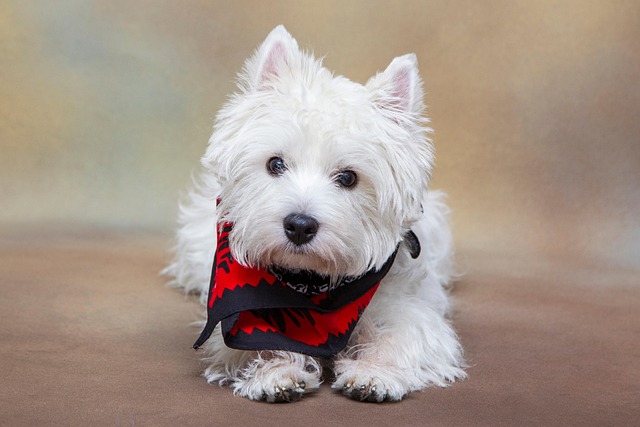
How do i train my dog to be obedient?
Watching your dog dart across the park ignoring your calls isn’t just frustrating—it can put them at risk near busy streets or public spaces.
Every dog owner wants a well-behaved pup, but the key to great training isn’t just repetition—it’s understanding how your dog learns. The most effective approach mixes patience, positive feedback, and awareness of what works for your dog’s unique needs.
The most effective dog training starts with building trust, not just giving commands. Dogs learn best when they feel safe, so take time to bond through short, daily sessions—10 to 15 minutes works better than a long, tiring hour. Use small, tasty treats that your dog loves, like tiny pieces of chicken or cheese, to reward good behavior right away; this helps them connect the action to the reward fast.
Always keep your voice calm and positive, even when your dog makes a mistake. Yelling or punishment can make them scared or confused, which slows down training. Instead, redirect their attention to what you want them to do—for example, if they jump on guests, ask them to "sit" and reward them when they do. Remember, consistency is key; everyone in your home should use the same commands, like "come" instead of "here," so your dog doesn’t get mixed up.
 Don’t forget to check your local laws about dog training and behavior. Many places have rules about leashing dogs in public parks or requiring basic obedience training for certain breeds. Following these laws isn’t just about staying out of trouble—it also keeps your dog and others safe. For example, some cities in Europe fine owners if their dogs don’t respond to "stay" in busy areas, so practicing that command regularly is a must.
Don’t forget to check your local laws about dog training and behavior. Many places have rules about leashing dogs in public parks or requiring basic obedience training for certain breeds. Following these laws isn’t just about staying out of trouble—it also keeps your dog and others safe. For example, some cities in Europe fine owners if their dogs don’t respond to "stay" in busy areas, so practicing that command regularly is a must.
Pay attention to your dog’s energy levels and personality too. A high-energy puppy might need more playtime before training, while an older dog might prefer shorter, slower sessions. If your dog seems bored, switch up the training—teach them a new trick like "roll over" instead of repeating "sit" over and over. This keeps training fun for both of you and helps strengthen your bond.
Never rush the process. Some dogs learn "sit" in a few days, while others might take a week or more. Celebrate small wins, like when they look at you when you call their name, and don’t get frustrated by setbacks. If you’re stuck, consider working with a local dog trainer who knows the area’s rules and can tailor lessons to your dog’s needs.
Training your dog well is one of the best ways to show you care. It helps them feel secure, keeps them out of danger, and lets you enjoy more activities together, like walks in the park or trips to pet-friendly cafes. With patience, positive reinforcement, and a little knowledge of local laws, you’ll build a happy, well-behaved companion that everyone loves being around.

Watching your dog dart across the park ignoring your calls isn’t just frustrating—it can put them at risk near busy streets or public spaces.

New puppy owners often find themselves rushing to clean up accidents before they set in, and that’s where puppy pad training becomes a game-changer.

If you've noticed your dog's waistline disappearing and your veterinarian has mentioned those few extra pounds, your first instinct might be to simply reduce the amount of food in their bowl.

Training a dog to use a designated spot indoors isn’t as daunting as many new owners fear, but it does take consistency and an understanding of your pet’s needs.

That moment of dread on a walk is all too familiar for many new dog owners. You see another dog approaching down the sidewalk of your neighborhood

If the sight of another dog on your neighborhood walk makes your heart sink as your own dog erupts into a frenzy of barking and lunging, you're not alone.